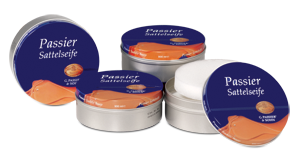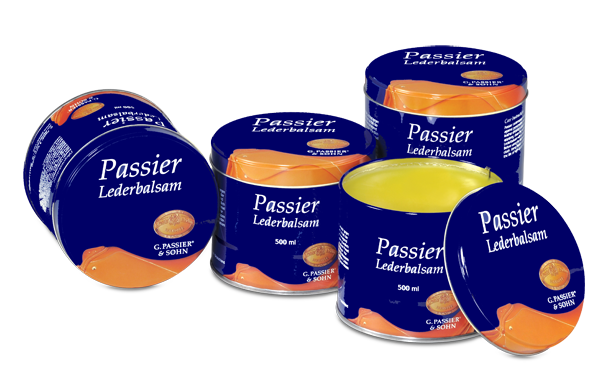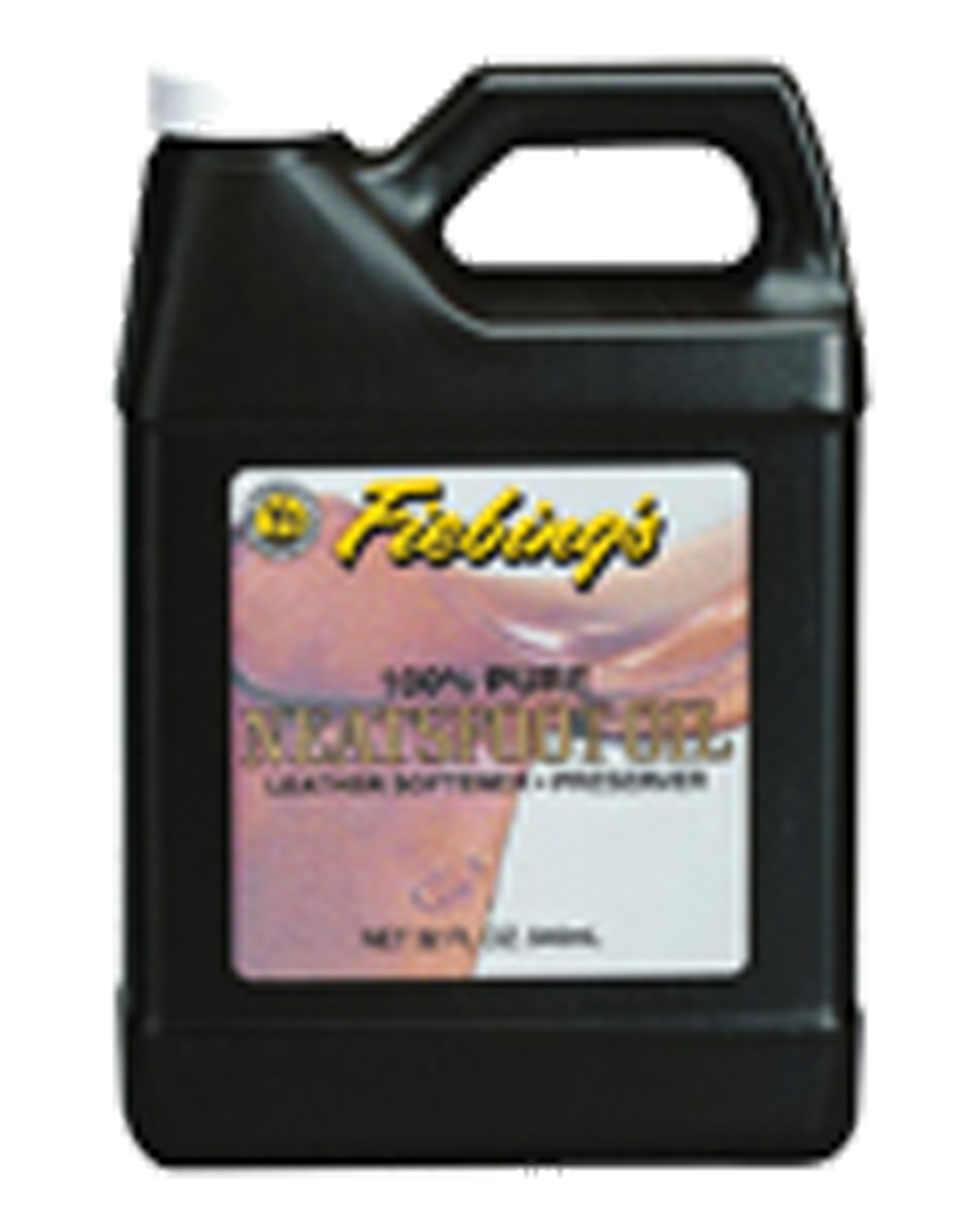The Proper Care and Maintenance of Your (New) Saddle and Accessories
©Saddlefit 4 Life® 2015. All Rights Reserved
As with anything, taking proper care of your leather goods will greatly enhance their appearance and lifespan. This is true no matter what brand of saddle or accessories you are using. Nowadays, saddles are considered investments, and with the proper ‘tune ups’ should last 15-20 years (for a good quality, adjustable saddle that fits the rider and can be re-fitted to the horse as necessary. ) Adjustments are not just referring to reflocking; the tree needs to be adjustable in both angle and width at the gullet plate!
Maintenance refers not only to the obvious visual upkeep of repairing stitches, replacing billets, and addressing fit issues. One of the greatest misconceptions has been with the correct use of saddle soaps. Saddle soaps are basically exactly what their names imply: soaps, and as such are to be used for cleansing only. In fact, soap – which is basic, and sweat – which is acidic, are the two greatest enemies of leather if they are not removed. The reason that saddle soap is used is to rid the leather of accumulated sweat and grime which, if left on, will result in the leather becoming brittle and cracking. It is important to keep your saddle clean so that it doesn’t irritate your horse’s hide. Sometimes people don’t take the soap off the saddle once they clean it – and that is simply wrong!
 Those soaps containing glycerines or built-in moisturizers are beneficial only in that they serve to remove somewhat less of the natural lubricants of the leather during washing. But think of yourselves – after you wash your hair you rinse out the shampoo when it has done its job, and after you wash your hands, you rinse off the soap. More often than not, either a conditioner or a hand lotion is applied to return some of the moisture to the skin that the soap has removed. Soap will eat away at the tan. Today’s leathers will get destroyed by unremoved soap faster because there are more chemicals in the soap.
Those soaps containing glycerines or built-in moisturizers are beneficial only in that they serve to remove somewhat less of the natural lubricants of the leather during washing. But think of yourselves – after you wash your hair you rinse out the shampoo when it has done its job, and after you wash your hands, you rinse off the soap. More often than not, either a conditioner or a hand lotion is applied to return some of the moisture to the skin that the soap has removed. Soap will eat away at the tan. Today’s leathers will get destroyed by unremoved soap faster because there are more chemicals in the soap.
Leather is essentially just skin which has been treated (“tanned”), and skin is made of 70-80% water. Even after the skin has been tanned into leather, a moisture content of about 25% is retained. In the past, leather was tanned over a 6-month period and was more durable, but nowadays the tanning process takes only about six weeks. Every time you wash or clean your saddle, you need to rinse the leather off and then apply your moisturizer. Cow hide is much like our skin, except that it cannot replenish its moisture content itself and needs you to do it.

 After the soap has been rinsed off (even those containing glycerine) the leather should have some sort of moisturizer applied to it to return some of the natural lubricants, since it is no longer a “living” system, able to replenish itself. We highly recommend a leather cream without any cleaning ingredients (soaps) which can effectively be used an all leather items you may have. Leather oil can be used as a one-time application over the entire saddle or other tack if you wish to darken the original colour. On the saddle it should only be used thereafter on the panel as a lubricant, since the wool will soak up any excess. Used on the seat, it will soak through and onto the laminated and glued layers of the tree, possibly resulting in the eventual breakage of the tree, should you have an English spring tree. Even with saddles built on other trees, we don’t recommend you apply oil more often. As a rule, oil should not be used anywhere the leather comes into contact with your person (breeches, gloves) as it tends to discolour these materials. In addition, oil on the flaps leads to such a softening of the leather as to make them too flexible to fulfil their purpose. Make sure you use products that are meant for leather such as Neatsfoot oil. Olive oil belongs in salads, baby oil belongs on babies – not on leather!
After the soap has been rinsed off (even those containing glycerine) the leather should have some sort of moisturizer applied to it to return some of the natural lubricants, since it is no longer a “living” system, able to replenish itself. We highly recommend a leather cream without any cleaning ingredients (soaps) which can effectively be used an all leather items you may have. Leather oil can be used as a one-time application over the entire saddle or other tack if you wish to darken the original colour. On the saddle it should only be used thereafter on the panel as a lubricant, since the wool will soak up any excess. Used on the seat, it will soak through and onto the laminated and glued layers of the tree, possibly resulting in the eventual breakage of the tree, should you have an English spring tree. Even with saddles built on other trees, we don’t recommend you apply oil more often. As a rule, oil should not be used anywhere the leather comes into contact with your person (breeches, gloves) as it tends to discolour these materials. In addition, oil on the flaps leads to such a softening of the leather as to make them too flexible to fulfil their purpose. Make sure you use products that are meant for leather such as Neatsfoot oil. Olive oil belongs in salads, baby oil belongs on babies – not on leather!
Ideally, saddles and tack should be cleaned after every use. At the least, they should be given a quick cleaning (wipe over) after each use, with a thorough cleaning once a week. If you are going to store your saddle or tack over a longer period of time, keep it in a place preferably at room temperature, but never cooler than 5 degrees Celsius, and at a humidity of 30-40% to retain the suppleness of the leather. Do not worry if it appears mildewy when you take it out – this is merely an indication that the leather is still alive, and still has enough moisture content to be attractive to mildew! Giving it a good wash and applying a leather moisturizer will soon restore the original looks.
